|
We early childhood educators often say that children learn best through play - but do we really mean it? If we're serious about children learning through play, we will prioritize the opportunities for them to play - both indoors and out! In the classroom, the best way to prioritize playtime is through learning centers - special areas devoted to free choice play. The Importance of PlayPlay is the most powerful learning tool there is! It supports all areas of development:
But don't just take our word for it. Here is an excerpt on play from the position statement on developmentally appropriate practice from the National Association for the Education of Young Children (NAEYC): Play... is the central teaching practice that facilitates young children’s development and learning... You can download the complete position statement here: Our learning centers should be providing ideal play opportunities in our early childhood settings. When children are allowed to freely choose and direct their own play, they turn those opportunities into individualized learning experiences. Our role as educators - and parents - is to provide rich, play-based learning environments that encourage the development of knowledge and skills across all domains! Managing Centers to Maximize Play-When planning the number of centers to have in your classroom, a good rule is to provide 1 ½ choices per child. If you have 20 students, you should have 30 possible choices available – that is, places in centers to play . (For example, have 10 center areas where 3 children can play in each area.) Yes, that's a lot of play places! But try to find the largest number of centers that works for your setting, allowing as much child-led choice as possible that still allows for a positive environment for learning and exploration. Easily seen dots on center signs is one way to show how many can play in that center at one time. -Allow children to move freely from one center to another during center time. Simple rules like cleaning up what you took out before you leave an area (unless someone else is still playing with it) and following the rule of how many in a center can make this manageable. It may seem like allowing free-choice movement between centers would be more difficult to manage or cause more challenging behaviors, but the opposite is true. When we let children decide where and when they want to play in a center, they get more immersed in their play and they act out less! Also, you are avoiding too many transitions, which many children find challenging. -Make it easy for children to play independently. Provide storage and display shelves and containers that are easy for children to use on their own. Label shelves and containers with a picture or visual cue showing where things go. Easy storage and clean-up can help children develop self-help skills as well as a positive self-worth and a sense of belonging. -Signal when it is near time to clean-up and have a designated song or clean-up signal when it is time to end centers. You can change the song or signal when the routine needs to be refreshed. In Marjorie’s kindergarten classroom, children were encouraged to bring something they made or did during centers to share (either with a partner or whole group). This sharing time was a great time to practice speaking and listening skills and encourage peer support! -Change centers and materials as children’s interests and abilities change or you want to move to a new theme. Involving children in the set-up leads to more meaningful play in the centers! How Learning Center Play Supports Social Development Let's pretend you got hurt fighting the fire and I'm the doctor who helps you." Social development is the gradual gaining of the skills, attitudes, relationships, and behavior that enable children to interact with others. Put more simply, it is learning about others. Social play happens when children are playing together (or with adults). By definition, social skills develop slowly over time - children need lots and lots of practice to learn how to get along with others! In early childhood, play gradually gets more social and more complex. By about age four, children begin to engage in sociodramatic play, cooperating to take on different roles and creating their own rules for how they will play. Sociodramatic play is an especially valuable type of play. Besides having fun (which has value in itself!), children learn social skills that include: communication, cooperation, problem-solving and perspective taking. Research shows that these social skills help children succeed in school and in life, too. For children to best learn social skills through play, they need lots of opportunities to play with other children, of course. But they also need support from sensitive adults. Here’s why: -Young children often do not know what is expected in different social situations -They lack experience and knowledge of appropriate ways to solve conflicts -They are naturally egocentric, so it is hard for them to understand others’ intentions and feelings We can support children’s social skill development by playing with our children and by modeling the positive social behaviors we want them to use. We can also teach them social skills using a technique called “scaffolding” - giving just enough help at first to build new skills, then letting them do more and more on their own. For more on ways to support young children’s development of social skills, see this blog post: We hope these tips help you make free choice play the #1 priority for your children! Comment and share with us your thoughts on play in learning centers. References for a Conversation About Play (from NAEYC)
0 Comments
This month, we want to share some ideas for activities you can use in your classroom and home this summer - or any time of the year! We hope you enjoy these ideas for outdoor play, early literacy, art, science, and gender-neutral environments and toys. Please comment to share your own favorite teaching tips or activity ideas - there are so many wonderful ways for children to learn through play! Here are some ideas for exploring the outdoors with young children:
*Note: The safety of young children is our responsibility as caregivers. While you should be watchful not to knowingly expose children to danger, that does not mean clearing the path so they never have the chance to explore environments, test their own abilities or judge their own level of risk within a safe and supervised setting. Summer is the perfect time to give children the chance to read or be read to for fun and information. Visit your library to find books about a topic your children enjoy or that features their favorite characters. Check out a book that is beyond your children’s ability to read on their own and read it to them. Set aside time during your summer schedule for “read to me time”. Attend library programs, or read a book at naptime or bedtime. Reading to your child instills a love of language and the understanding that what we say can be written, what we write can then be read. It also builds connections between reader and child! Public libraries across the country have summer reading programs and incentives for all ages, even grown-ups! Visit your local public library to find out more about what they offer, or you can provide your own reward at home when a reading goal has been met. Share the power of reading with children:
Open-ended, creative art experiences emphasize process over product. Through these experiences, children explore materials instead of being told “how to do it” or what color something “should” be. Some process-focused art materials and activities to explore with young children include:
For more information, we recommend “How Process-Focused Art Experiences Support Preschoolers” https://www.naeyc.org/resources/pubs/tyc/feb2014/process-art-experiences There are so many science activities you can enjoy both indoors and outdoors! Besides the activities you provide in the science center in your classroom, you may want to provide these outdoor explorations as well: Sun:
Sand and dirt:
Water, clouds and rainbows:
While we as early childhood educators and parents may strive to make our classrooms and play areas places where boys and girls are equally encouraged to explore their own interests, we know that many social traditions as well as marketing and packaging are aimed at boys or girls. At ECS our team has always supported play that is child-led, not directed by an adult to be gender specific. Here are some ideas for fostering gender neutral play environments:
Notes from Marjorie: The “housekeeping/dramatic play” area of my classroom was always just as popular with boys! They took care of baby dolls, cooked, counted play money from wallets, and enjoyed seasonal activities like raking colorful (fake) leaves. Teachable moments when children are at play give us opportunities to encourage children’s play choices, like, “Rufus is doing a great job feeding the baby!” or “Look at the bridge Ava built with blocks!” Encouraging everyone equally provides the example for all to encourage one another and themselves! If a boy says he wants to be a mommy, he can pretend that role in dramatic play, dress-up, or play with people figures or dolls. If a child insists, “Boys can’t be mommies!”, talk about boys and men who also take care of babies and kids when they are daddies, brothers, teachers, doctors or nurses.
Play is the means through which children learn, and toys are the tools we give them to accomplish that job. What toys can best help? To help answer that question related to gender roles, NAEYC asked a researcher about her work on gender-typed toys: “In general the toys most associated with boys were related to fighting or aggression (wrestlers, soldiers, guns, etc.), and the toys most associated with girls were related to appearance (Barbie dolls and accessories, ballerina costumes, makeup, jewelry, etc.)." "The toys rated as most likely to be educational and to develop children’s physical, cognitive, artistic, and other skills were typically categorized as neutral or moderately masculine. We concluded that strongly gender-typed toys appear to be less supportive of optimal development than neutral or moderately gender-typed toys.” Her advice for parents and teachers: “Strongly gender-typed toys might encourage attributes that aren’t ones you actually want to foster. For girls, this would include a focus on attractiveness and appearance, perhaps leading to a message that this is the most important thing—to look pretty. For boys, the emphasis on violence and aggression (weapons, fighting, and aggression) might be less than desirable in the long run." "Also, moderately masculine toys have many positive qualities (spatial skills, science, building things, etc.) that parents might want to encourage in both boys and girls. It is the same for some moderately feminine toys (nurturance, care for infants, developing skills in cooking and housework).” For the full interview, see "What the Research Says: Gender-Typed Toys" https://www.naeyc.org/resources/topics/play/gender-typed-toys This doesn’t mean you should toss out your children’s favorite toys! Just be aware of the play opportunities those toys provide. Strive for a balance of toys led by the children’s interests, their developmental levels, appropriate safety, and whether those toys will provide opportunities for learning!
We hope you got some new ideas for activities to help children learn through play. Let us know your favorites so we and others can learn from you!
Social development is the gradual gaining of the skills, attitudes, relationships, and behavior that enable children to interact with others. Social play happens when children are playing with adults or with other kids.
Sociodramatic play is an especially valuable type of play. Besides having fun (which has value in itself!), children learn social skills that include: communication, cooperation, problem-solving and perspective taking. Research shows that these social skills help children succeed in school and in life, too. (Caprara et al.) For children to best learn social skills through play, they need lots of opportunities to play with other children, of course. But they also need support from sensitive adults. Here’s why:
We can support children’s social skill development by playing with our kids and modeling the positive social behaviors we want them to use. We can also teach them social skills using a technique called “scaffolding” - giving just enough help at first to build new skills, then letting them do more and more on their own. Here are some ways to support young children’s development of social skills: Communication
CooperationExplain what cooperation looks like in different play situations:
Problem-solvingWhen children play together, conflicts are inevitable. Help kids learn to solve problems collaboratively by teaching them to negotiate. Here are the steps in successful problem-solving: Perspective-takingWe can help children understand the perspective of others by pointing out:
References:
Caprara, G. V., Barbaranelli, C., Pastorelli, C., Bandura, A., & Zimbardo, P. G. (2000). Prosocial foundations of children's academic achievement. Psychological Science, 11(4), 302-306. Forrester, M. M. & Albrecht, K. M. (2014). Social emotional tools for life: An early childhood teacher’s guide to supporting strong emotional foundations and successful social relationships. Houston: Innovations in ECE Press. Lancy, David F. and Grove, M. Annette, "Marbles and Machiavelli: The role of game play in children's social development" (2017). Sociology, Social Work and Anthropology Faculty Publications. Paper 621. https://digitalcommons.usu.edu/sswa_facpubs/621 White, R. E. (2012). The power of play - A research summary on play and learning. For Minnesota Children’s Museum Smart Play. https://www.childrensmuseums.org/images/MCMResearchSummary.pdf How Playing with your Children Strengthens your Relationships – and Why That Is So Important2/23/2021
1. Play connecting games with each of your children. Connecting games are those you play just to focus on your relationship with your child. You are playing a connecting game when: you feel loving toward your child, you are in close contact (using eye contact and touch when possible), and you are being playful. These activities can be brief but are extremely powerful in strengthening the bond between you and your child, which is important for children of every age. 2. Dedicate a special time to play with each of your children individually. Schedule about 15-20 minutes when you will play with your child one-on-one, allowing him or her to be in charge. Keep rules to a bare minimum and don’t try to lead their play or teach them anything. Just be emotionally present and give him or her your full attention. (Yes, this means turning off your cellphone!) Give this special playtime a name and commit to offer it consistently for each child, whether it is every day or every week. You and the child will feel closer and you will get to know your child’s interests and abilities even better! 3. Interact in ways that support your relationship. Use these relationship-building ways of interacting with your children throughout your day, when you are playing and any time you are together. They not only strengthen your relationships with them, they also set the stage for more beneficial play times between you.
These times are opportunities to engage in “serve and return” interactions. These brain-building back-and-forth interactions are like a game of tennis: Your child “serves” by looking, pointing, or talking, then you return the serve by responding to the focus of their attention. Take as many turns as you can, noticing serves, encouraging and talking about his or her interests, waiting for responses and realizing when they are ready to stop. Serve and return interactions with shared attention are an extremely powerful way to build brains! Develop rituals to foster closeness. Rituals are consistent routines that you create with each child’s needs in mind. They are designed to strengthen relationships and provide predictability and comfort to your children. If you’ve developed a way of helping your children get ready for bed based on their needs and interests that is the same every night, you have a bedtime ritual. Think of other times during your daily routine that you can build in rituals and get your children’s help in choosing activities to strengthen your relationship: getting ready in the morning, saying hello and goodbye, during rides in the car or bus, or waiting. Rituals build relationships and have the added benefit of helping make mundane routines more enjoyable times for all of you! Think positive. What you focus on is what you get! To get the most brain-building benefit out of your interactions with your children, focus on what you want them to do, not what you don’t want. When children are seeking your attention, they are really looking for relationship. This is a basic human need we never outgrow; our brains are wired for connection with others. When children are engaging in behaviors that “push our buttons”, try to think positive thoughts. Take time to observe them and listen to them, notice the good things they do, and offer encouragement as often as you can. When you think positive, your connection with your children will grow – and so will your joy in life!
Now that you know how important your relationships with your children are and have some playful ways to strengthen them, you are ready to have some fun. Enjoy growing closer with your children through play, and know you are building their brains and giving their learning, behavior and health a great start in life! Sources: Center on the Developing Child at Harvard University. (n.d.) Serve and return. https://developingchild.harvard.edu/science/key-concepts/serve-and-return/ Bailey, B. A. (2001). Easy to love, difficult to discipline: The 7 basic skills for turning conflict into cooperation. New York: Harper-Collins Publishers Inc. Head Start Early Childhood Learning & Knowledge Center Archive. (n.d.). The importance of teacher-child relationships in Head Start. https://eclkc.ohs.acf.hhs.gov/archive/policy/im/acf-im-hs-08-21-attachment Forrester, M. M. & Albrecht, K. M. (2014). Social emotional tools for life: An early childhood teacher’s guide to supporting strong emotional foundations and successful social relationships. Houston: Innovations in ECE Press Sources of Connecting Games
Bailey, B. A. (2000). I love you rituals. New York: HarperCollins Publishers, Inc Torbert, M. & Schneider, L.B. (1993). Follow me too: A handbook of movement activities for three- to five-year-olds. Washington, DC: NAEYC. Pierce County Library (n.d.) Wiggles, tickles & rhymes. https://www.piercecountylibrary.org/files/library/wigglesticklesall.pdf
Think back to when you were a child. What were your favorite ways to play? Chances are you still enjoy a version of those things. Try to bring them back into your life, and provide opportunities for the adults in your personal and professional lives to be playful as well. According to Stuart Brown, there are eight different adult play personalities. You may have one or two of these as your primary ways to play. If you are in a leadership position, it's helpful to know the different styles of play so you can tap into what each person thinks is fun for teambuilding activities. Here are the play personalities:
Here are some teambuilding activities I've found for the different personality types. Try one out at your next staff meeting or family gathering! I've included ways to play that can be done virtually, as the COVID-19 pandemic continues.
Moving
Competing
That person then points to yet another person and says "ZAP!“ That person points to another person and says "ZOP!" This continues, but the words must be said in order: ZIP, ZAP, ZOP. If someone makes a mistake and says a word out of order, that person is out of the game. Virtual Game: “Name, Place, Animal, Thing” https://www.goodhousekeeping.com/life/entertainment/g32098665/best-games-to-play-on-zoom/ To play, pick a letter. Each player lists a famous person's name, a place, an animal, and a thing that begins with that letter. The first person to type them into the online chat wins.
"Virtual Simon Says" "Simon" gives instructions on actions to do, saying “Simon says” before some actions and not others. Participants do only the actions “Simon says.” If they do the action not preceded by “Simon says” they are "out." When only one player remains that person wins. Collecting "Human Treasure Hunt" http://scavenger-hunt.org/25-human-scavenger-hunt-questions/ Go around the room and identify people who meet the criteria on the list:
Virtual "Show and/or Tell" (https://biz30.timedoctor.com/virtual-team-building/) What do you collect? Write it in the chat! If you have a piece of your collection with you, show it, too!
Storytelling "Add-A-Word Stories" adapted from: http://www.icebreakers.ws/small-group/connecting-stories.html
“Exciting Sponge” https://museumhack.com/virtual-team-building-for-remote-teams/ To play, each team member grabs a random object in arms length and creates a story about it. You can default to describing a sponge. The goal is to make up something amazing about the object. The more absurd the better! Be kind to yourself, especially during the COVID-19 pandemic, and put more play in your day. Laugh and be playful every chance you get - you'll be helping yourself and sharing joy with others. Everyone will benefit! References:
Brown, S. (2009). Play: How it shapes the brain, opens the imagination and invigorates the soul. New York: Penguin. Frost, J., Wortham., S. & Reifel, S. (2011). Play and child development (4th ed.,). Upper Saddle River, NJ: Pearson. Magnuson, C. D., & Barnett, L. A. (2013). The playful advantage: How playfulness enhances coping with stress. Leisure Sciences, 35, (2), 129-144. National FFA Organization. (2009). Leadership on the go: A library of activities for inside and outside the classroom. www.siue.edu/SIPDC/PD/communication/LOG.FFA_Leadership. pdf. Proyer, R. T. (2012). A Psycho-linguistic study on adult playfulness: Its hierarchical structure and theoretical considerations. Journal of Adult Development, 19, (3), 141-149. Torbert, M. & Schneider, L.B. (2005) Follow me too: A handbook of movement activities for three- to five-year-olds. Washington, DC: NAEYC. Yu, P., Wu, J. J., Chen, I. H., and Lin, Y. T. (2007). Is playfulness a benefit to work? Empirical evidence of professionals in Taiwan. International Journal of Technology Management, 39, (3-4), 412-429. |
AuthorI'm Diane Goyette, a Child Development Specialist, Trainer, Consultant and Keynote Speaker. I'm excited to share my blog! Archives
August 2023
Categories
All
|
|
Ways to Contact Us:
Schedule an Appointment |
|
Follow earlychildhoodspecialties for encouragement, teaching tips and more!
|
Follow eepworm for child-friendly posts!
|
© 2013-2024 Early Childhood Specialties LLC. All rights reserved.

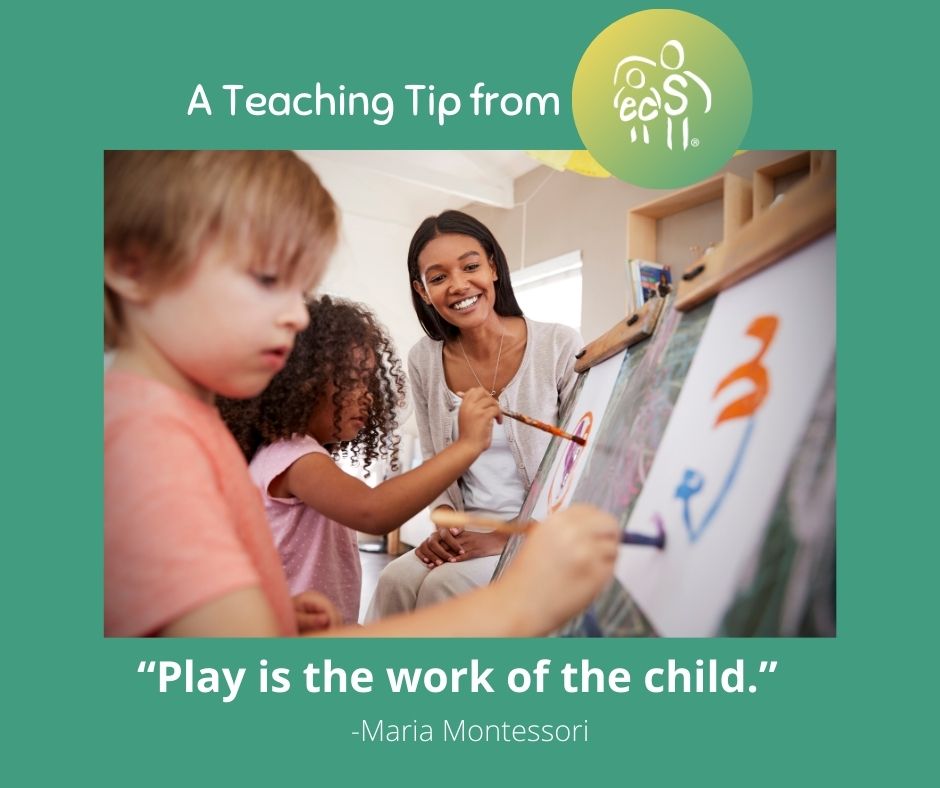
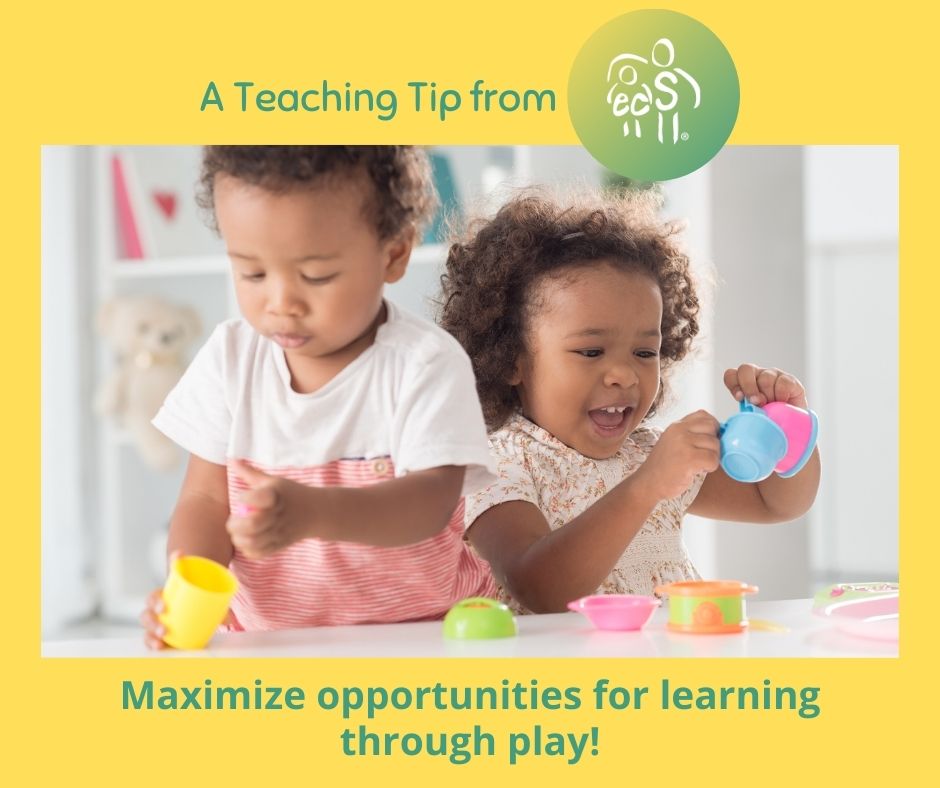
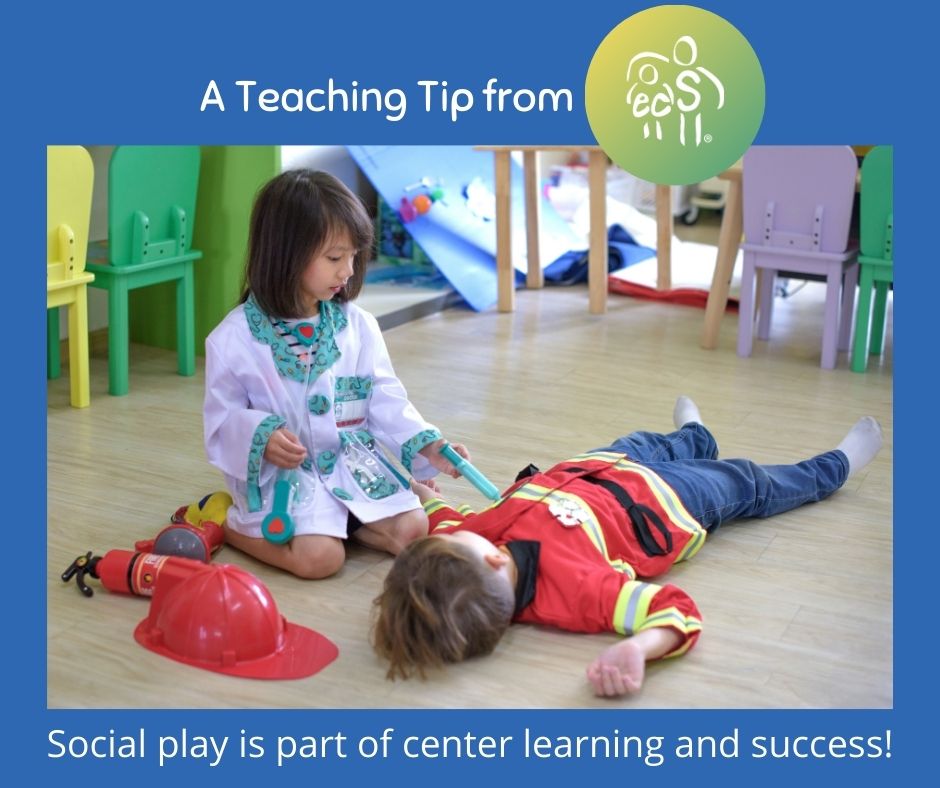
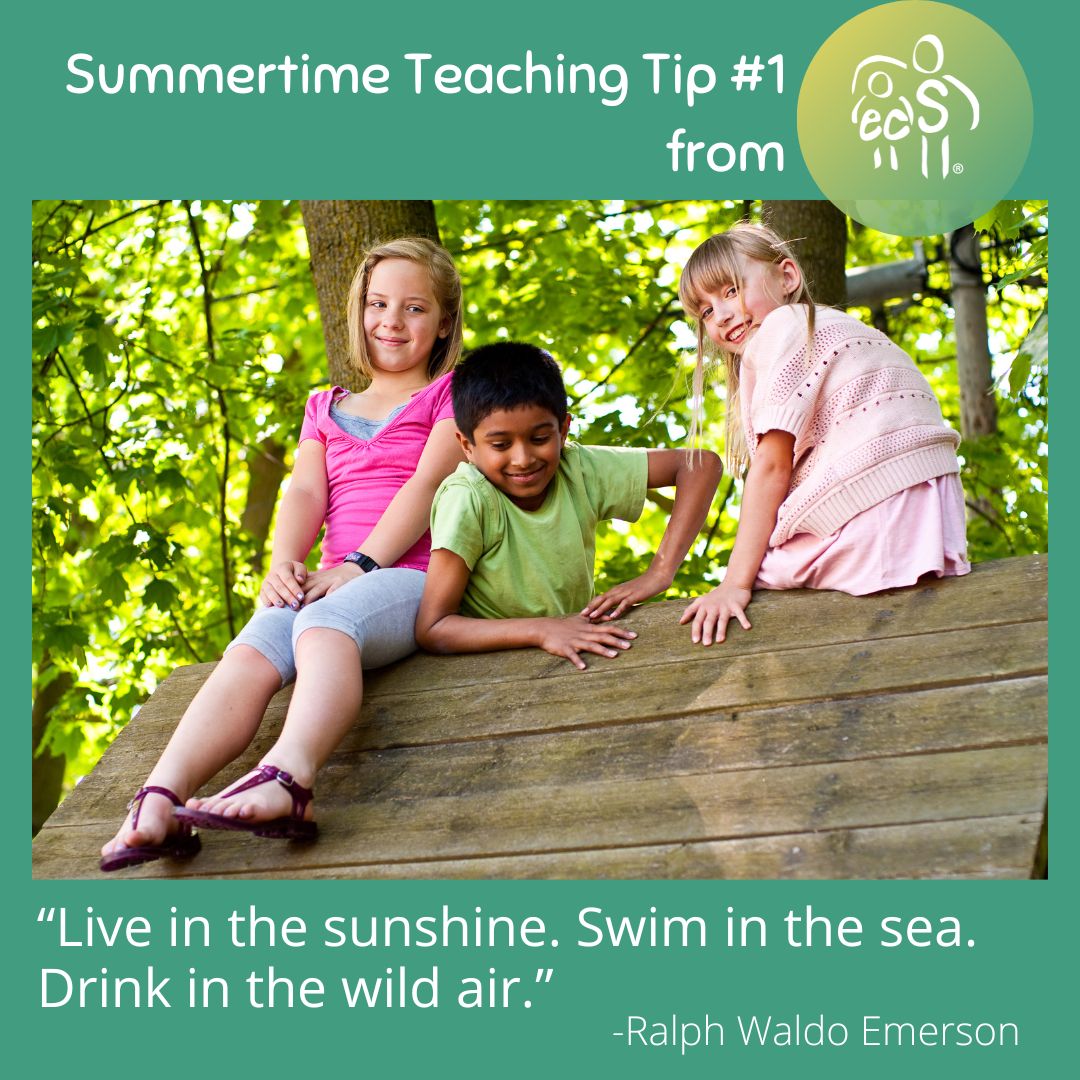
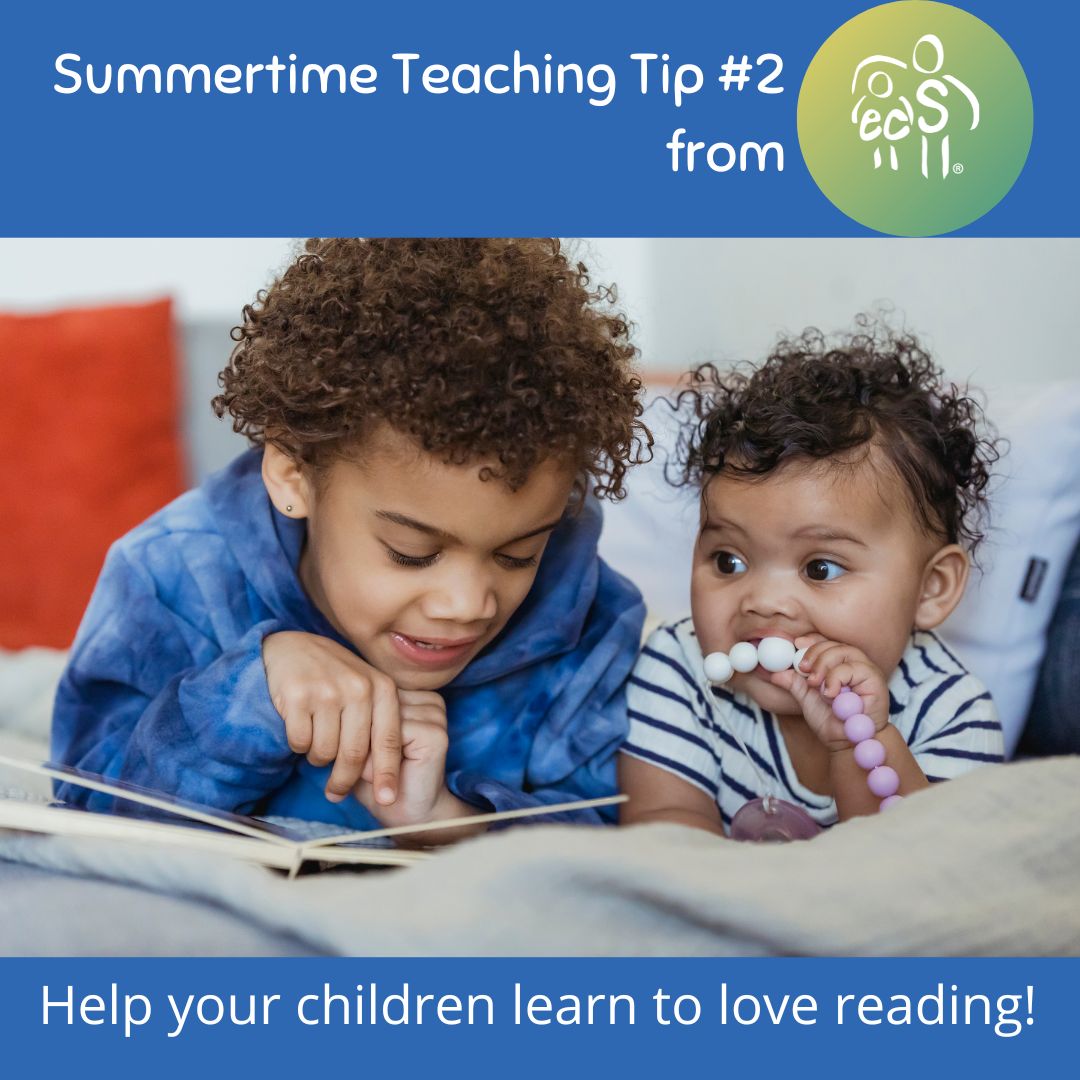
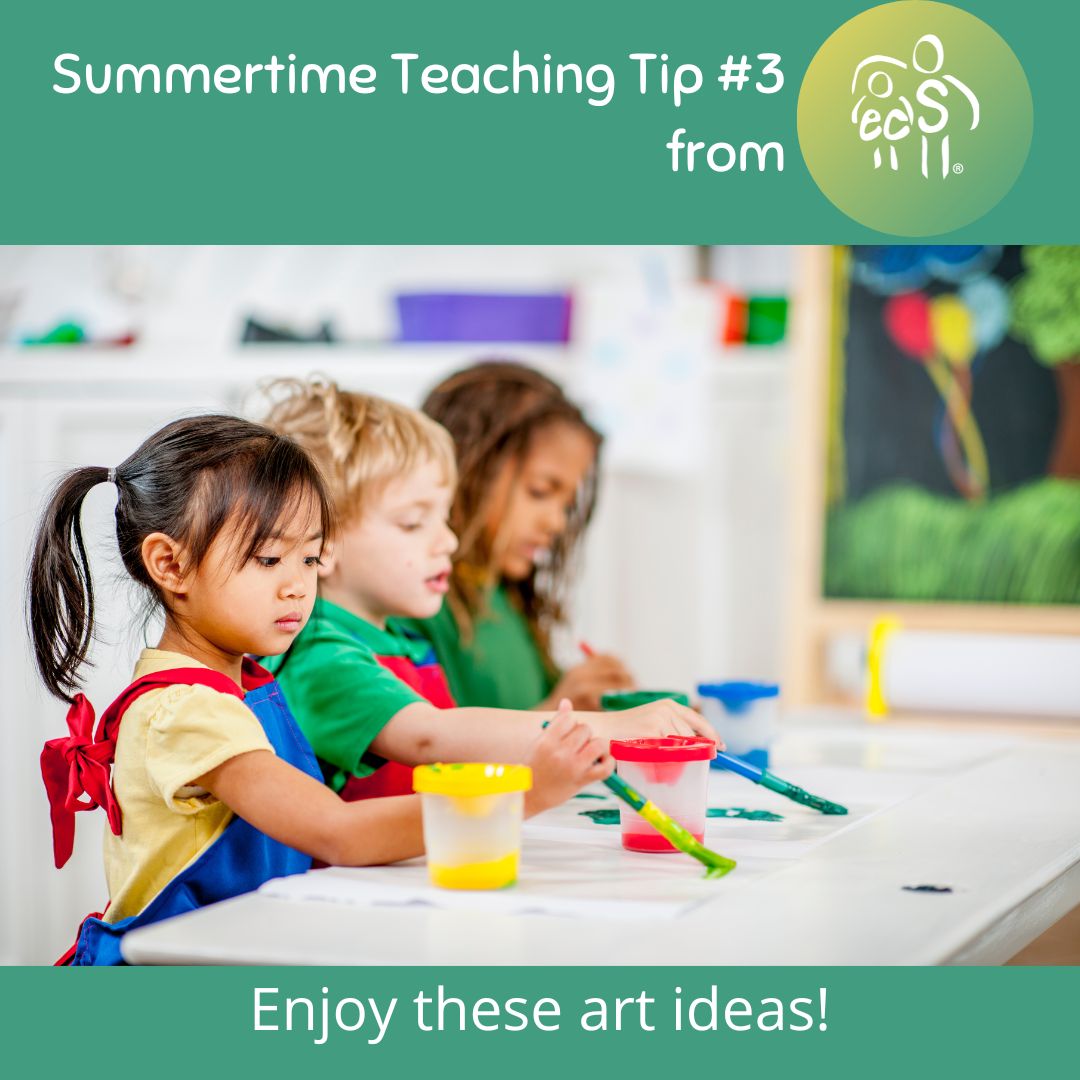
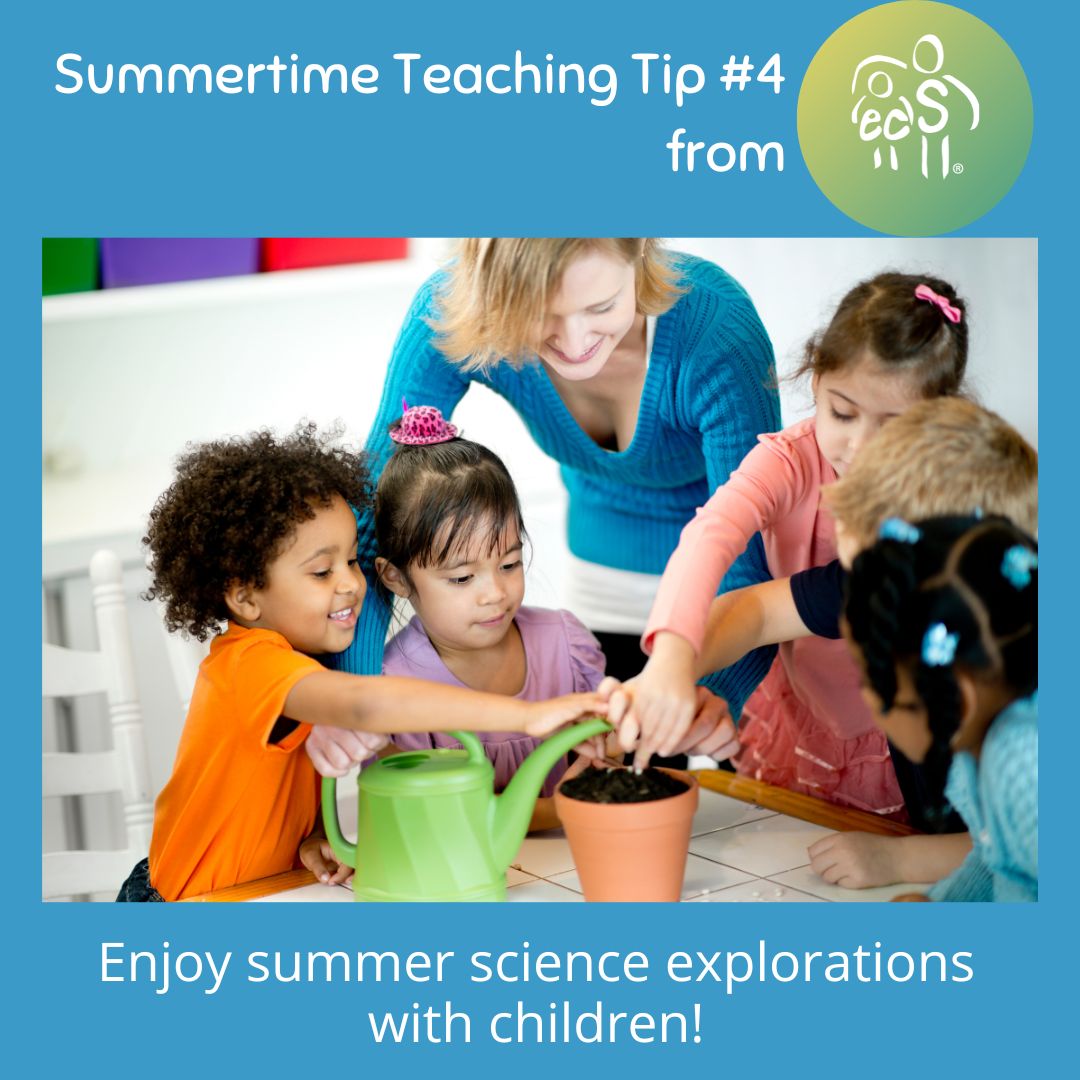
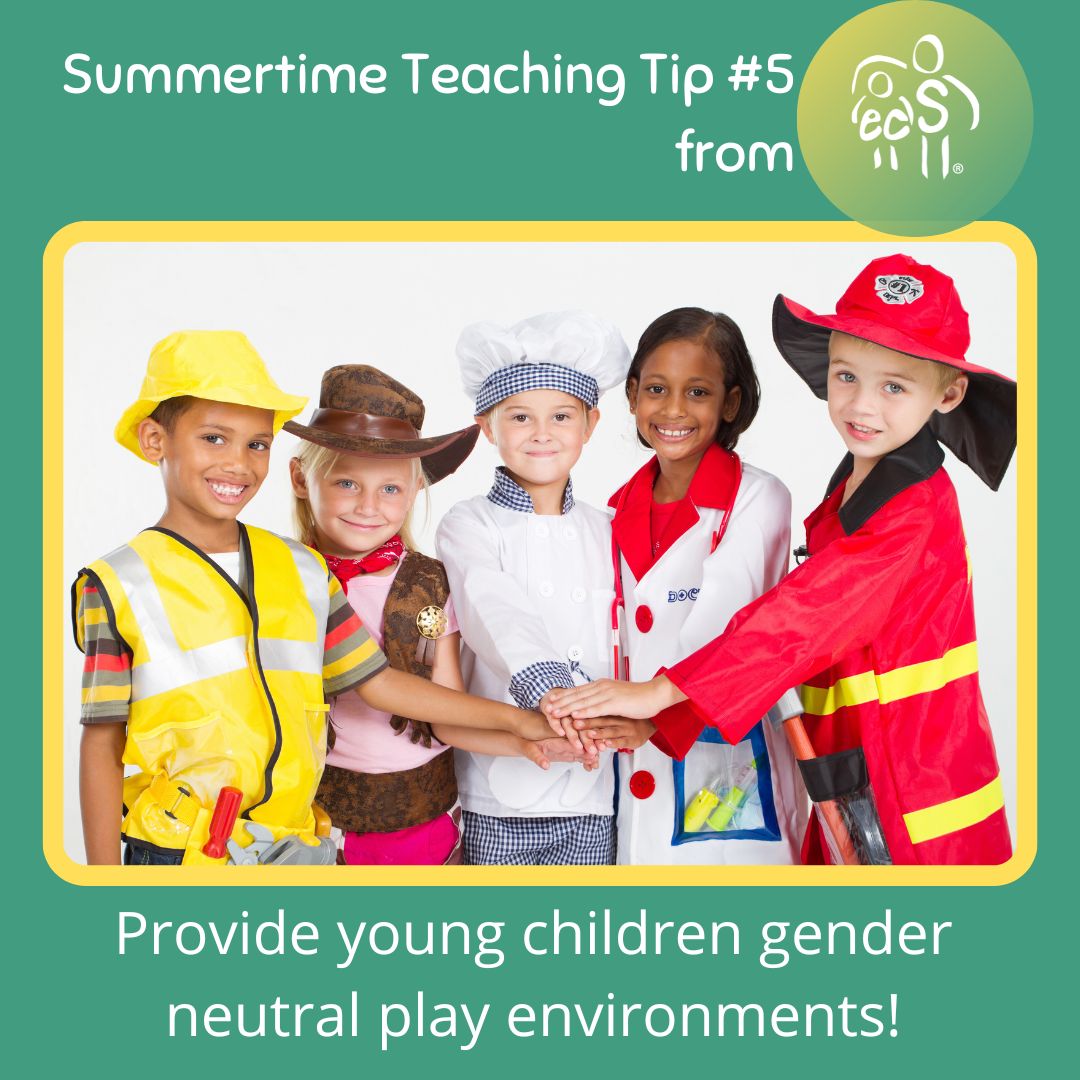
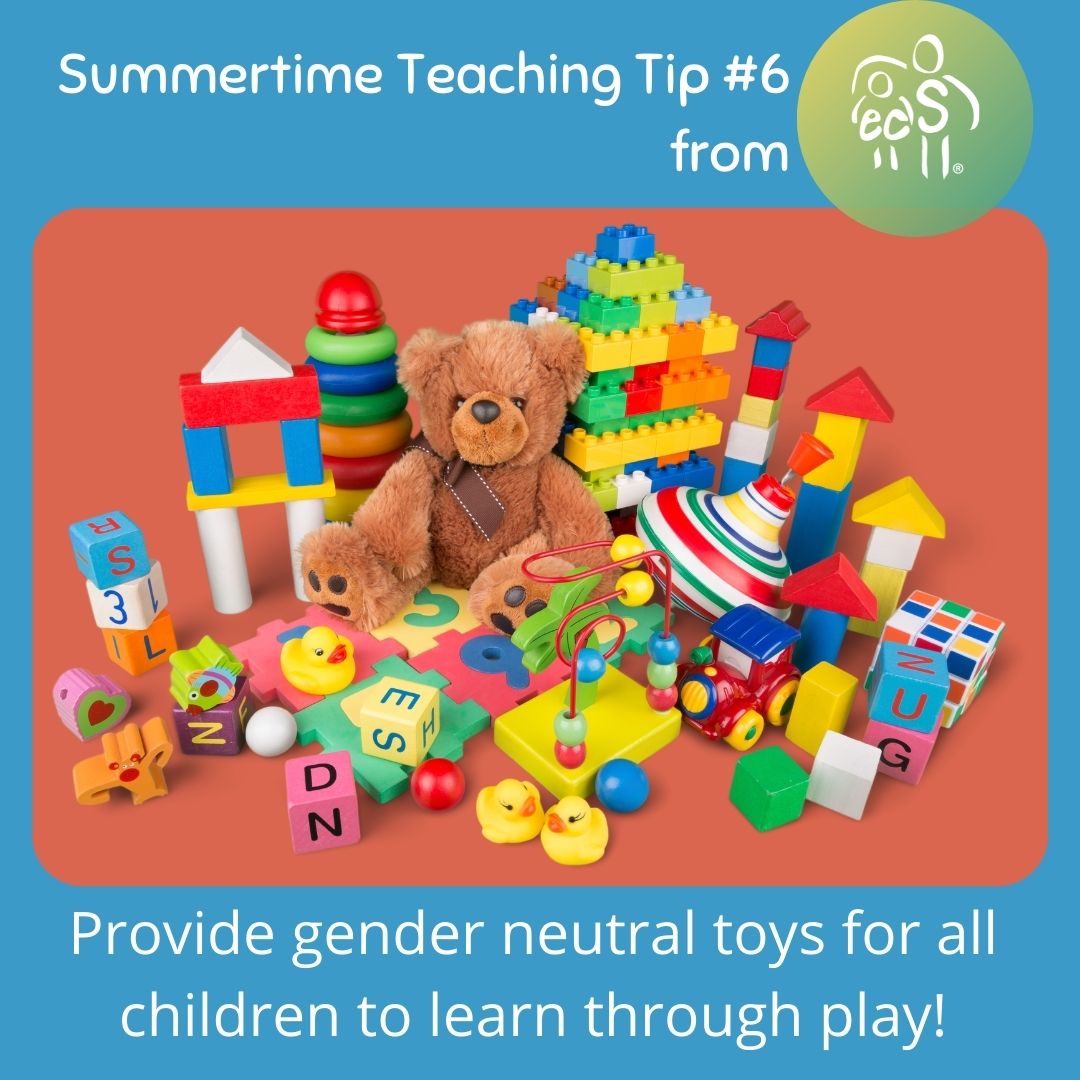
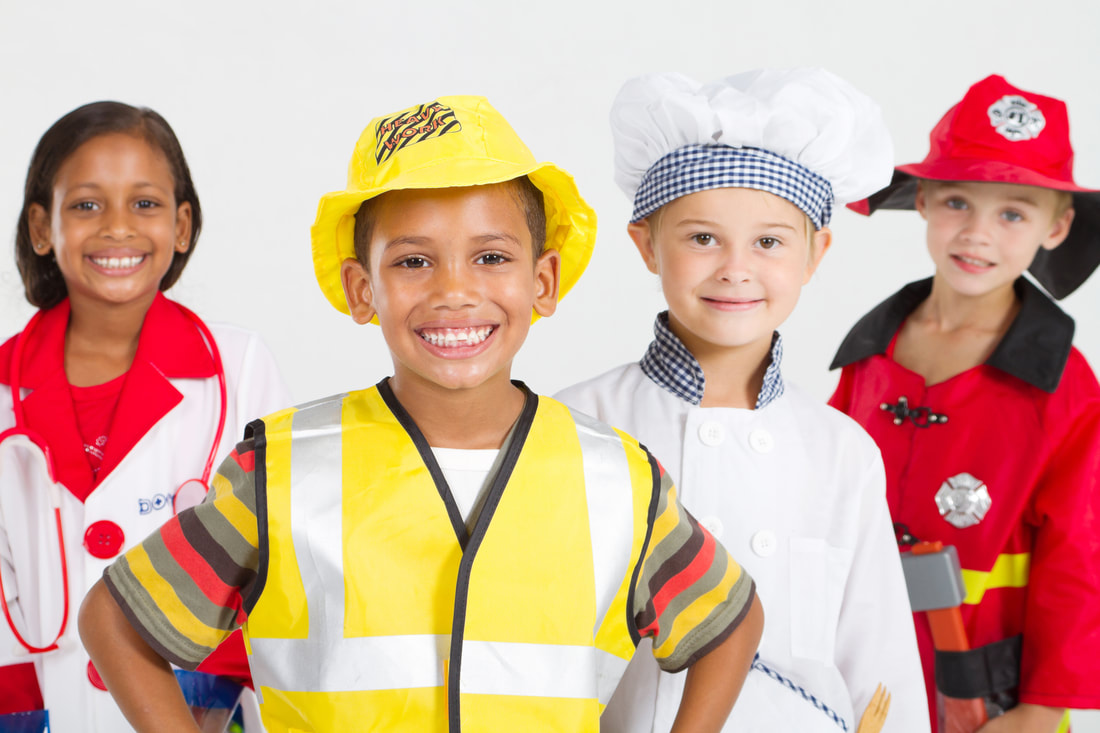
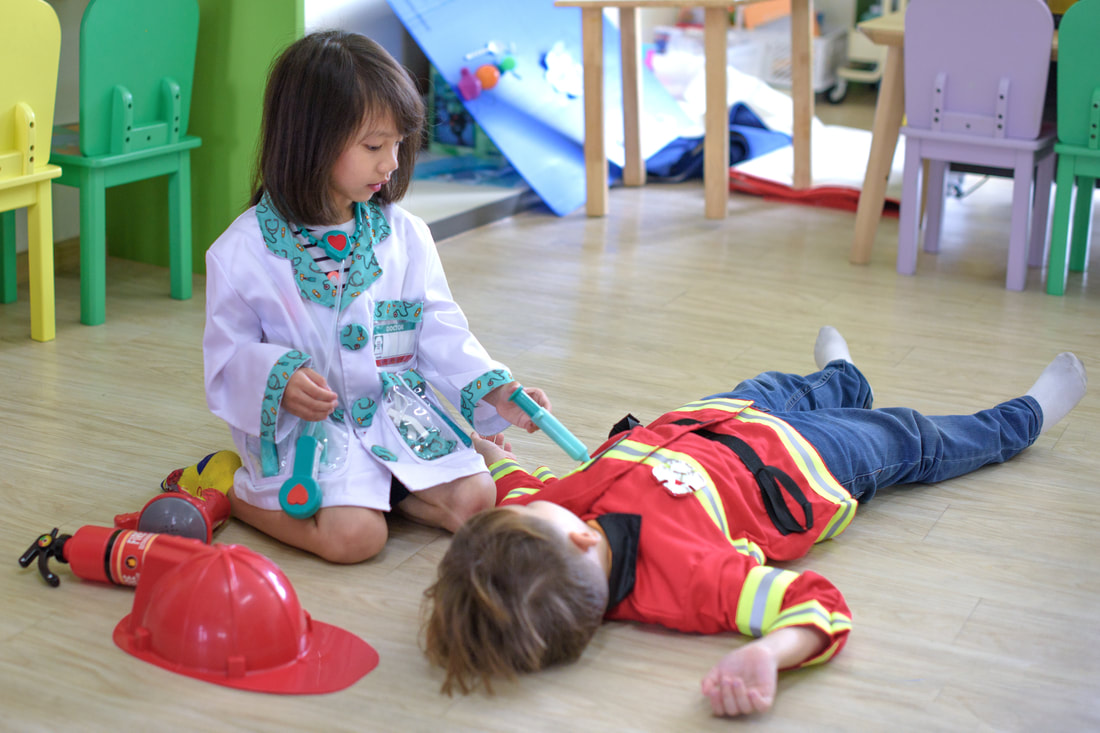
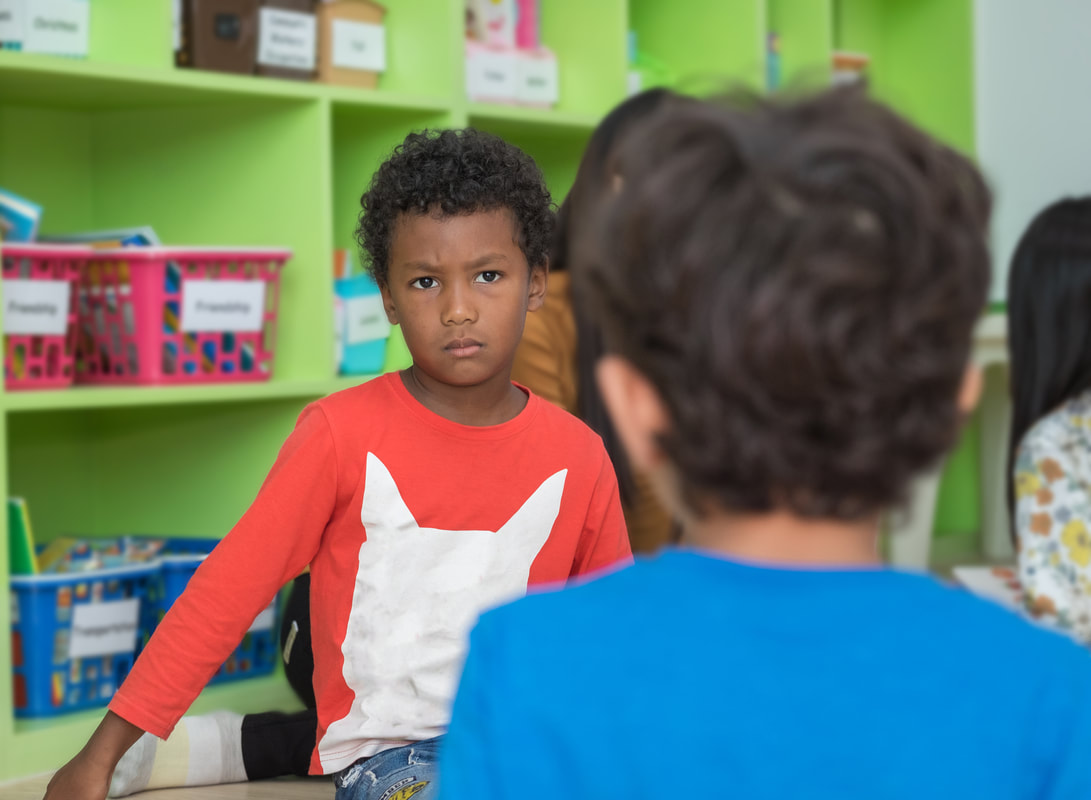

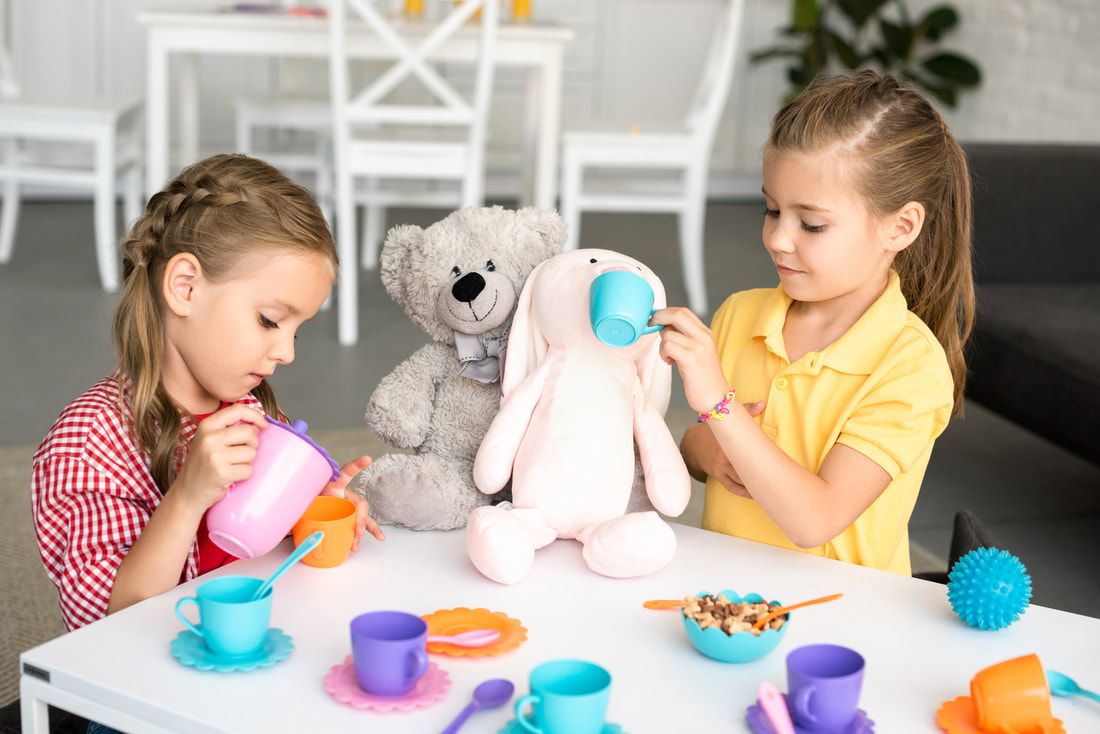
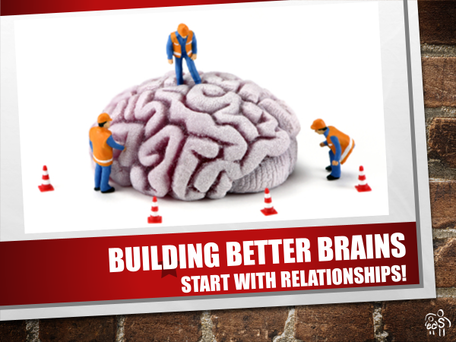
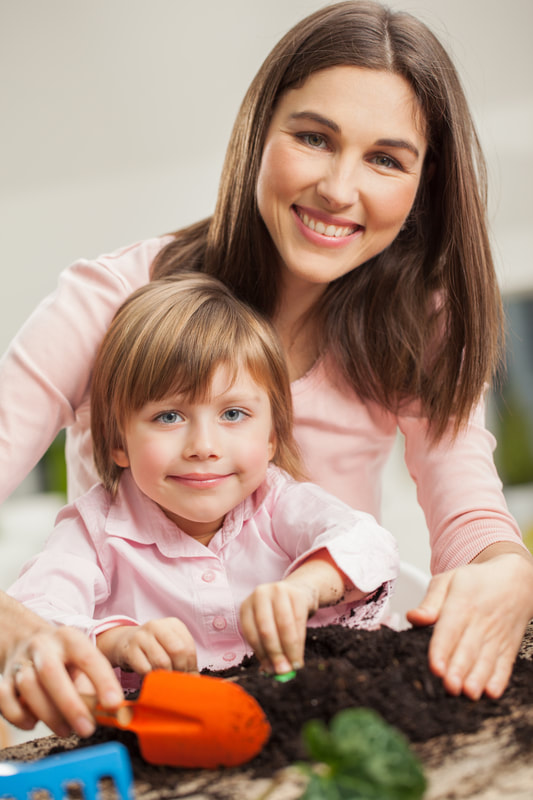
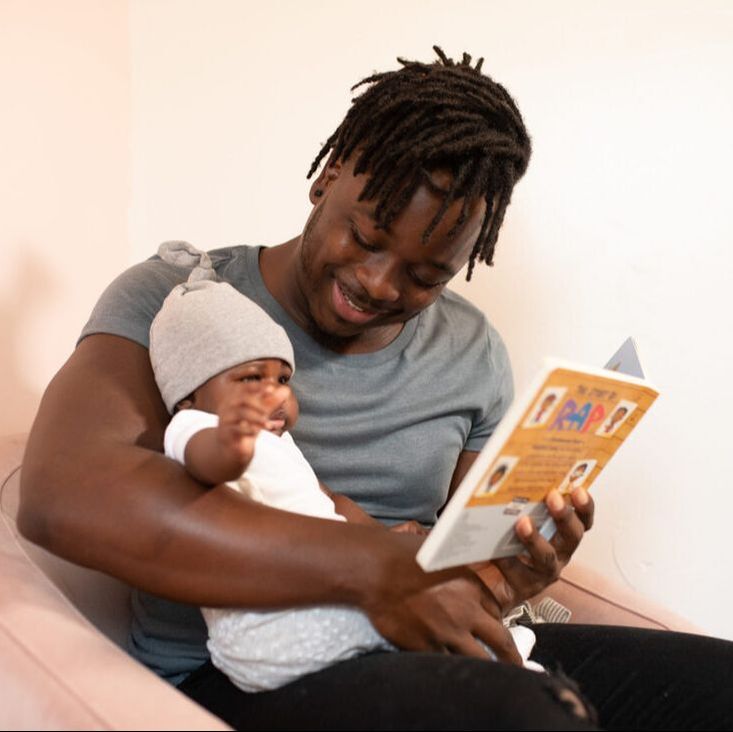
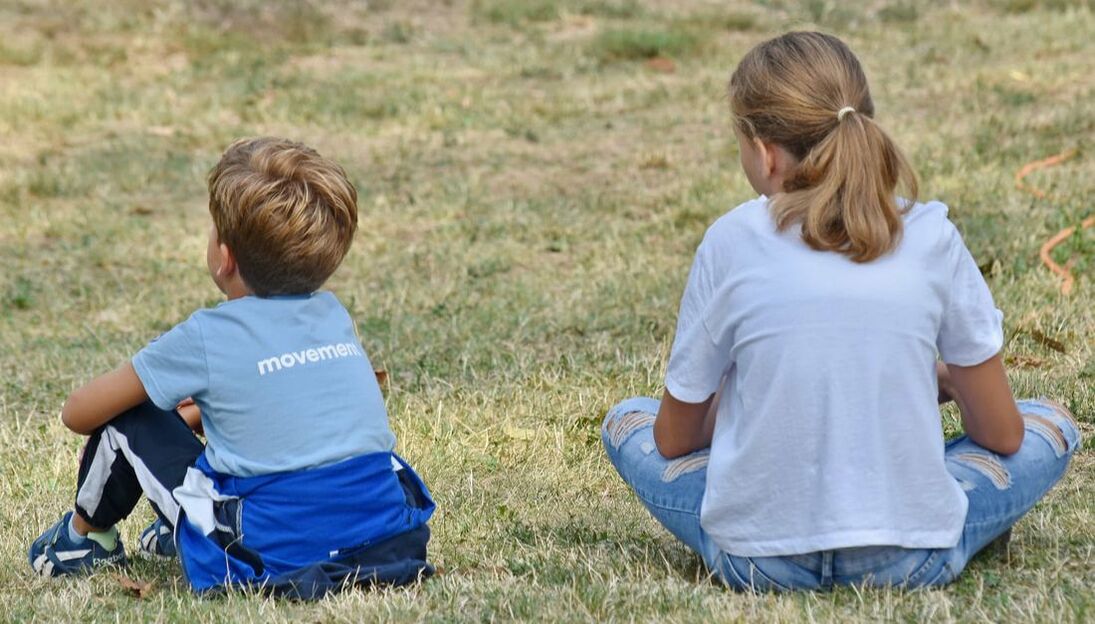


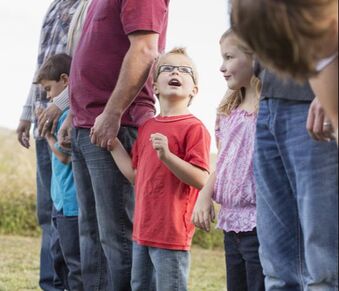
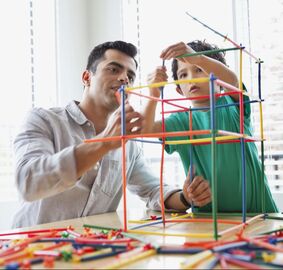
 RSS Feed
RSS Feed